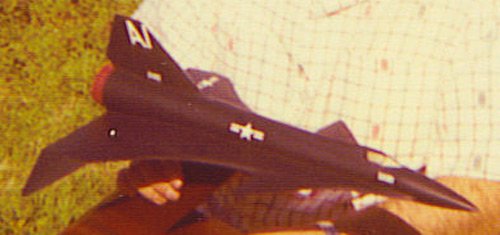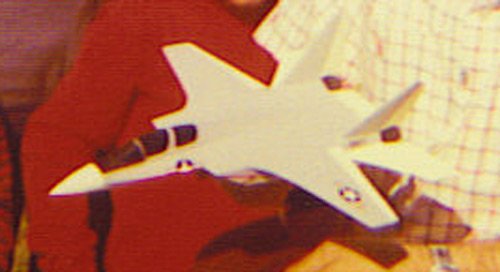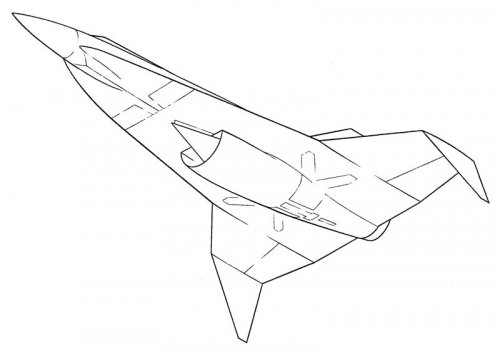- Joined
- 27 December 2005
- Messages
- 16,722
- Reaction score
- 20,509
These two photos were supplied by Garry Morelock (@elider) from his personal photo collection. He believes the first picture shows Vought's submission to SAMI (Strategic Advanced Manned Interceptor) and the second, possibly an early VFX project.
Attachments
Last edited:








